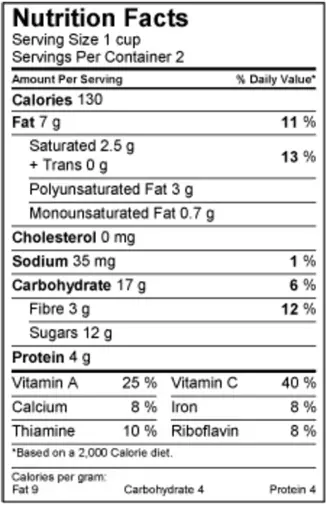
Food and type 1 diabetes: What school staff need to know
When a child has type 1 diabetes, people often ask what they can eat. Unless a child has allergies or food intolerances, no foods are off limits.
Having diabetes does involve more planning for snacks and mealtimes, as well as for special events involving food. This document will help school staff:
- understand more about food and type 1 diabetes, and
- take simple steps to help students with daily food routines and special events involving food.
How our bodies use food: Energy and blood sugar
Our bodies get energy from carbohydrates, protein and fat. Our bodies turn carbohydrates into a sugar called glucose. Carbohydrates are found in many foods, such as:
- Grain products, including bread, cereals and pasta
- Milk and yogurt
- Starchy vegetables like potatoes or corn
- Fruit and fruit juice (even if it is labelled “unsweetened”)
- Sugary treats such as cookies, cakes and candy (all children should eat these foods in moderation)
Carbohydrates are an essential part of a healthy diet because:
- Glucose can quickly be turned into energy.
- The brain and nerves need a constant supply of glucose.
A person’s blood sugar level is the amount of glucose (sugar) in their blood at any given time (for more detail, see Understanding blood sugar). Managing diabetes involves working to keep blood sugars within a target range.
Foods like candy, juice, and regular soft drinks are called “fast-acting sugars” because they raise blood sugar very quickly. Fast-acting sugar sources are very important for people with type 1 diabetes because they are used to treat low blood sugar.
Note:
A supply of fast-acting sugars will be in a student’s emergency kit, which should always be close at hand.
Foods with little or no carbohydrates do not raise blood sugar. Some examples include:
- Vegetables such as celery, cucumbers, broccoli
- Cheese
- Meats (including deli meats)
- Nuts
- Sugar-free or artificially sweetened drinks
Meal planning and insulin

Packaged foods show the number of carbohydrates on the Nutrition Facts label.
Since carbohydrates (or “carbs”) raise blood sugar, people with diabetes need to know how many carbohydrates are in the food they are eating to help them follow their meal plan and/or to determine how much insulin they need. This is called “carb counting.”
Packaged foods show the number of carbohydrates on the Nutrition Facts label.
Note: Carbohydrates in the form of fibre are not absorbed, so they don’t “count.” When counting carbs, subtract the amount of fibre. In the example here, the number of carbs in a 1-cup serving is 14 g (17 g ̶ 3 g = 14 g). Also, always look carefully at the serving sizes: In this example, there are 2 servings in 1 container.
For foods that are not packaged, like fresh fruit, Diabetes Canada has a number of useful tools to determine carbohydrate content, including a resource called Beyond the Basics. Several apps are available for mobile phones.
Although carb counting may seem complicated at first, families quickly learn the carbohydrate counts for the foods they eat on a regular basis.
What this means for the school day
Detailed instructions for lunch and snacks will be in the student’s Individual Care Plan. In general, here are some suggestions for school staff:
- Learn about the student’s plan for food and insulin: Timing of snacks and lunch are important. Missing or delaying food could cause a low blood sugar.
- Advise parents of special events involving food: Being told they “can’t have a treat” can be upsetting for children, and make them feel excluded. Students with diabetes can be included in special events with food (for example, Halloween or birthday celebrations) if plans have been made in advance. Remember that children with type 1 diabetes do not need to be on a low-carbohydrate diet. Like other kids, they will have the occasional treat.
- Ensure students eat all their lunch and snacks:
Remember:
Because insulin doses are related to the amount of food, it’s important to ensure that students eat all (or most) of the carbohydrates in their lunch and snacks.
If food is not eaten, the student may have a low blood sugar. When that happens, extra blood checks may be needed. Be sure students have enough time to complete snacks and lunch, and that they do not share or substitute food. Younger children may need more supervision.
Source : Diabetes@school. diabetesatschool.ca © Canadian Paediatric Society
Last updated: